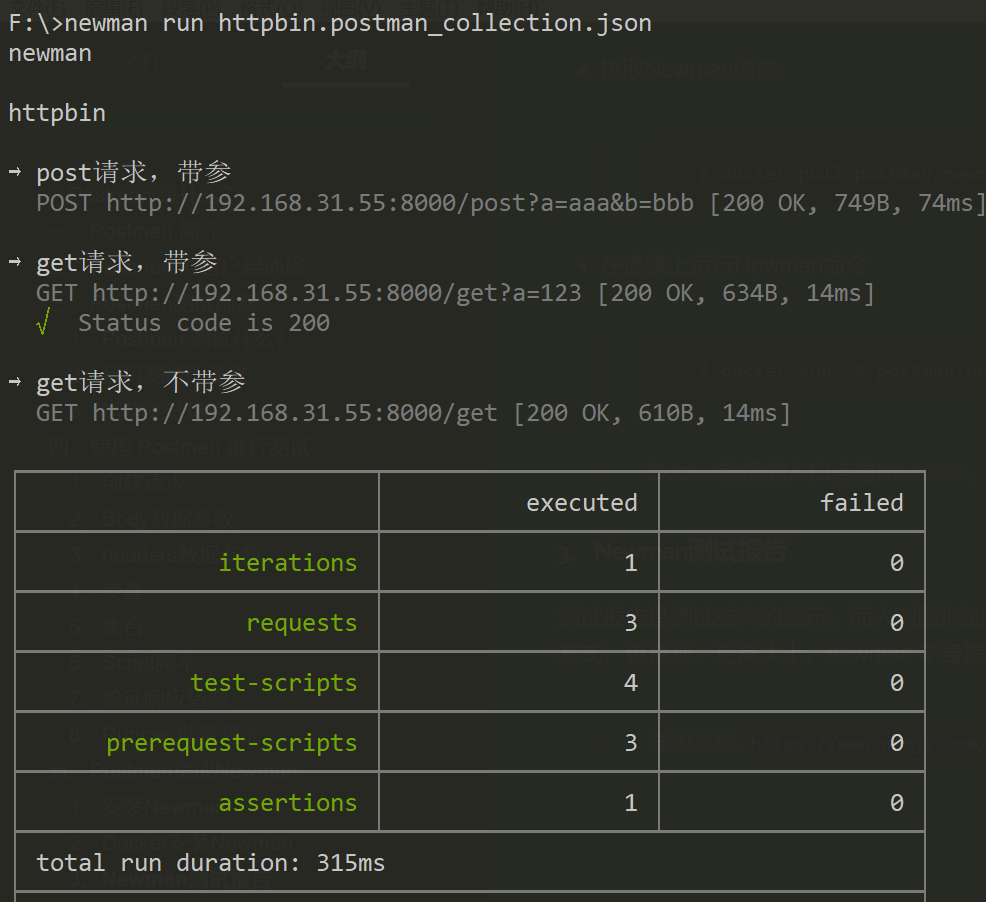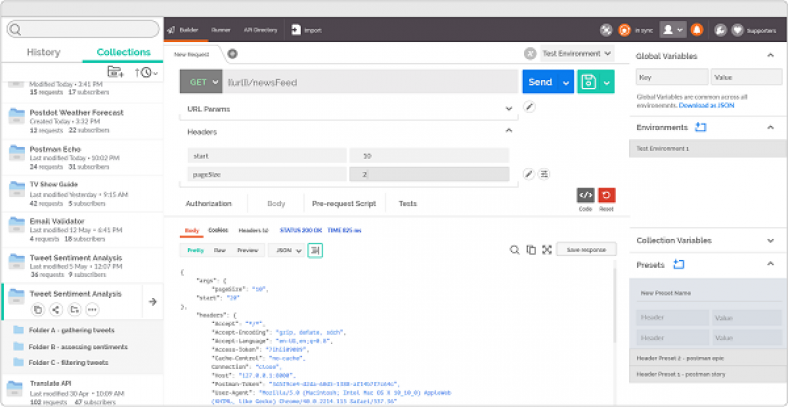
The mc update command automatically updates the mc binary to The mc undo command reverses changes due to either a PUT or DELETE operation at a specified path. The command optionally supports listing all objects inside of bucketĪt each prefix, including the bucket root. The mc tree command lists all prefixes inside a MinIO bucket in a treeįormat. The mc tag command adds, removes, and lists tags associated to a bucket or object. The mc pipe command streams content from STDIN to a target object. The mc ping command performs a liveness check on a specified target. The command outputs the time it took to upload the file. The mc od command copies a local file to a remote location in a specified number of parts and part sizes. Mc mv also supports moving objects between a local filesystem and MinIO. The mc mv command moves an object from source to the target, such asīetween MinIO deployments or between buckets on the same MinIO deployment. Mc mirror supports filesystems, MinIO deployments, and other S3-compatible hosts as the synchronization source. The mc mirror command synchronizes content to MinIO deployment, similar to the rsync utility. The mc mb command creates a new bucket or directory at the The mc ls command lists buckets and objects on MinIO or another
#Postman osx license key
Use the commands to register a deployment, unregister a deployment, display information about the cluster’s current license, or update the license key for a cluster. Mounted DMGs are not part of this, if only because they're not always mounted.The mc license commands work with cluster registration for MinIO SUBNET. They include the top level Applications folder, and a folder called "Applications" in your personal home folder. There are certain locations on your Mac that have special significance to the system - these are places where the Mac goes looking for launchable applications when you double-click a document. Just drag the application to some place on your hard disk - preferably one of the Applications folders. Running an application off a locked DMG is a sure-fire way to run into problems. That doesn't happen if you move it to the right place. Indeed, you'll probably find that running an application off a DMG will result in an "was downloaded from the internet" message on every launch.
#Postman osx install
Applications frequently need to be able to update or change components inside themselves at a minimum, when a new version is detected and it offers to install an update - it won't be able to delete itself and put the new version in its place. You can obviously launch apps from wherever you want it's only a custom or a recommendation to put them into /Applications as it easier for you to find it again and it works with multiple users.ĭMG files are compressed and read-only. Since most apps are self-contained and do not need anything outside of the app folder, an installer is not only overkill but also slower than just distributing the app folder.

dmg because installers are folders on a mac, too) Make an installer (which, however, also has to be either in a.

dmg file (which is a flat file filesystem–as opposed to a hierarchical file system)
#Postman osx zip file
zip file (a container that compresses its contents to save space) Therefore this "App Folder" has to be put inside a single file somehow. Now when you download something it's very uncomfortable to download multiple separate folders (without a download manager). However, macOS hides this fact from you and displays the folder as a file with an icon. An application on a Mac is just a folder full of files with a.


 0 kommentar(er)
0 kommentar(er)
